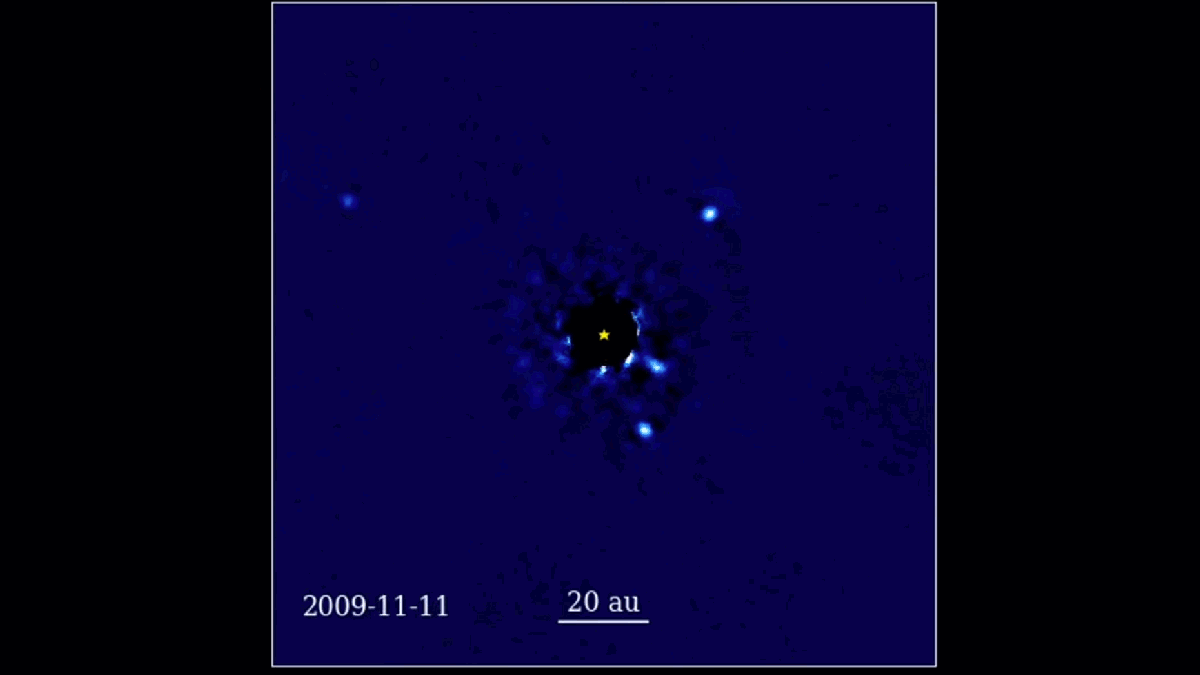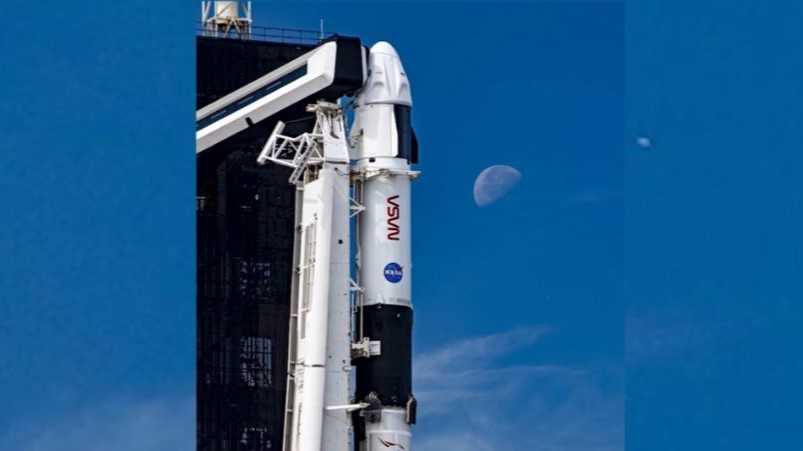
وفقًا لبحث جديد ، فإن التغييرات في التوحد تكون أكثر شمولاً عبر القشرة الدماغية مقارنةً بمناطق معينة يُعتقد أنها تؤثر على السلوك الاجتماعي واللغة.
دراسة جامعة كاليفورنيا في لوس أنجلوس هي أكثر الجهود شمولاً لدراسة كيفية تأثير التوحد على الدماغ على المستوى الجزيئي.
تكون تغيرات الدماغ في التوحد واسعة النطاق في جميع أنحاء القشرة الدماغية ، ولا تقتصر على مناطق معينة يُعتقد تقليديًا أنها تؤثر على اللغة والسلوك الاجتماعي. هذه نتائج دراسة جديدة أجرتها جامعة كاليفورنيا ، لوس أنجلوس (UCLA) والتي حسنت بشكل كبير فهم العلماء لكيفية تطور اضطراب طيف التوحد (ASD) على المستوى الجزيئي.
نشرت يوم 2 نوفمبر في المجلة طبيعة سجية، تمثل الدراسة محاولة شاملة لتوصيف ASD على المستوى الجزيئي. الاضطرابات العصبية مثل مرض باركنسون و[{” attribute=””>Alzheimer’s disease have well-defined pathologies, autism and other psychiatric disorders have had a lack of defining pathology. This had made it particularly difficult to develop more effective treatments.
The new study finds brain-wide changes in virtually all of the 11 cortical regions analyzed. This holds true regardless of whether they are higher critical association regions – those involved in functions such as reasoning, language, social cognition, and mental flexibility – or primary sensory regions.
“This work represents the culmination of more than a decade of work of many lab members, which was necessary to perform such a comprehensive analysis of the autism brain,” said study author Dr. Daniel Geschwind, the Gordon and Virginia MacDonald Distinguished Professor of Human Genetics, Neurology and Psychiatry at UCLA.
“We now finally are beginning to get a picture of the state of the brain, at the molecular level, of the brain in individuals who had a diagnosis of autism. This provides us with a molecular pathology, which similar to other brain disorders such as Parkinson’s, Alzheimer’s and stroke, provides a key starting point for understanding the disorder’s mechanisms, which will inform and accelerate development of disease-altering therapies.”
Just over a decade ago, Geschwind led the first effort to identify autism’s molecular pathology by focusing on two brain regions, the temporal lobe and the frontal lobe. Those regions were chosen because they are higher-order association regions involved in higher cognition – especially social cognition, which is disrupted in ASD.
For the new study, researchers examined gene expression in 11 cortical regions by sequencing RNA from each of the four main cortical lobes. They compared brain tissue samples obtained after death from 112 people with ASD against healthy brain tissue.
While each profiled cortical region showed changes, the largest drop off in gene levels were in the visual cortex and the parietal cortex, which processes information like touch, pain and temperature. The researchers said this may reflect the sensory hypersensitivity that is frequently reported in people with ASD. Researchers found strong evidence that the genetic risk for autism is enriched in a specific neuronal module that has lower expression across the brain, indicating that RNA changes in the brain are likely the cause of ASD rather than a result of the disorder.
One of the next steps is to determine whether researchers can use computational approaches to develop therapies based on reversing gene expression changes the researchers found in ASD, Geschwind said, adding that researchers can use organoids to model the changes in order to better understand their mechanisms.
Reference: “Broad transcriptomic dysregulation occurs across the cerebral cortex in ASD” by Michael J. Gandal, Jillian R. Haney, Brie Wamsley, Chloe X. Yap, Sepideh Parhami, Prashant S. Emani, Nathan Chang, George T. Chen, Gil D. Hoftman, Diego de Alba, Gokul Ramaswami, Christopher L. Hartl, Arjun Bhattacharya, Chongyuan Luo, Ting Jin, Daifeng Wang, Riki Kawaguchi, Diana Quintero, Jing Ou, Ye Emily Wu, Neelroop N. Parikshak, Vivek Swarup, T. Grant Belgard, Mark Gerstein, Bogdan Pasaniuc and Daniel H. Geschwind, 2 November 2022, Nature.
DOI: 10.1038/s41586-022-05377-7
Other authors include Michael J. Gandal, Jillian R. Haney, Brie Wamsley, Chloe X. Yap, Sepideh Parhami, Prashant S. Emani, Nathan Chang, George T. Chen, Gil D. Hoftman, Diego de Alba, Gokul Ramaswami, Christopher L. Hartl, Arjun Bhattacharya, Chongyuan Luo, Ting Jin, Daifeng Wang, Riki Kawaguchi, Diana Quintero, Jing Ou, Ye Emily Wu, Neelroop N. Parikshak, Vivek Swarup, T. Grant Belgard, Mark Gerstein, and Bogdan Pasaniuc. The authors declared no competing interests.
This work was funded by grants to Geschwind (NIMHR01MH110927, U01MH115746, P50-MH106438 and R01MH109912, R01MH094714), Gandal (SFARI Bridge to Independence Award, NIMH R01-MH121521, NIMH R01-MH123922 and NICHD-P50-HD103557), and Haney (Achievement Rewards for College Scientists Foundation, Los Angeles Founder Chapter, UCLA Neuroscience Interdepartmental Program).









